10 Conversations That Can Start Your Next Project-Based Learning Unit
If you listen to students and talk to their families, you can often find a wonderful and authentic idea for a project-based learning unit.
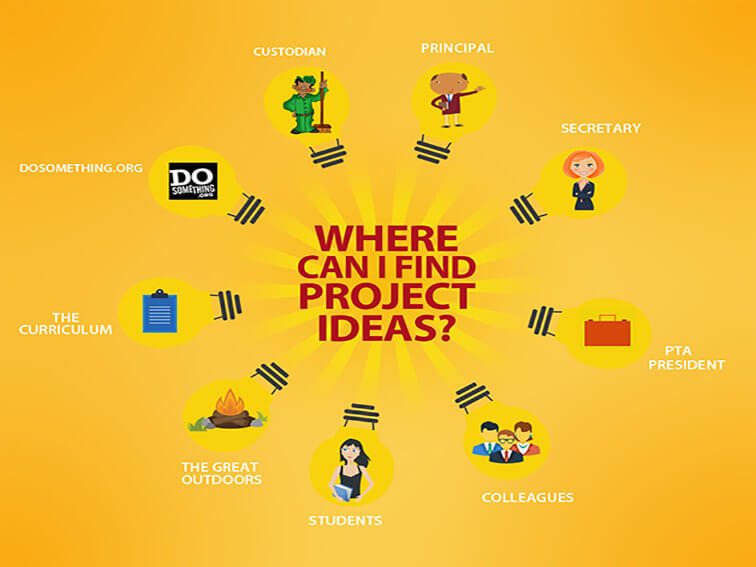
If you listen to students and talk to their families, you can often find a wonderful and authentic idea for a project-based learning unit.
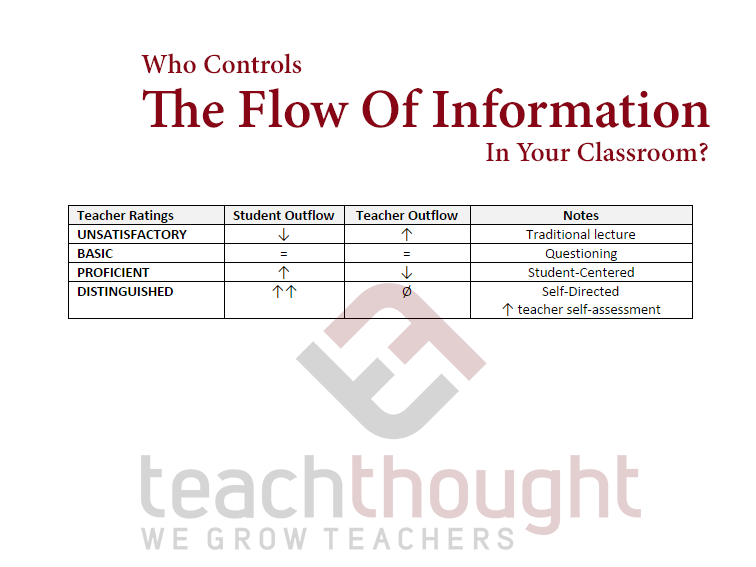
Just as with gardening, preparing the soil takes time. But once we get past that, students begin to blossom and initiate their own learning.
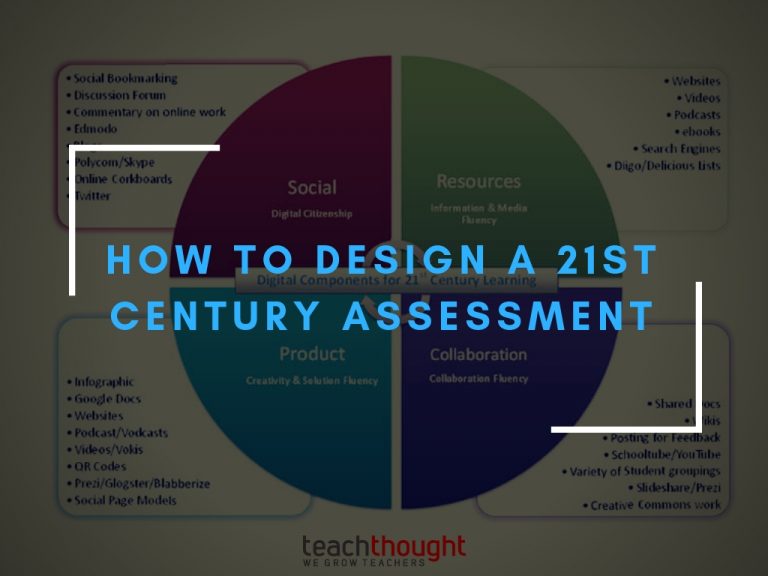
21st century assessment design involves using digital tools, collaborating with others, performance tasks, and more.
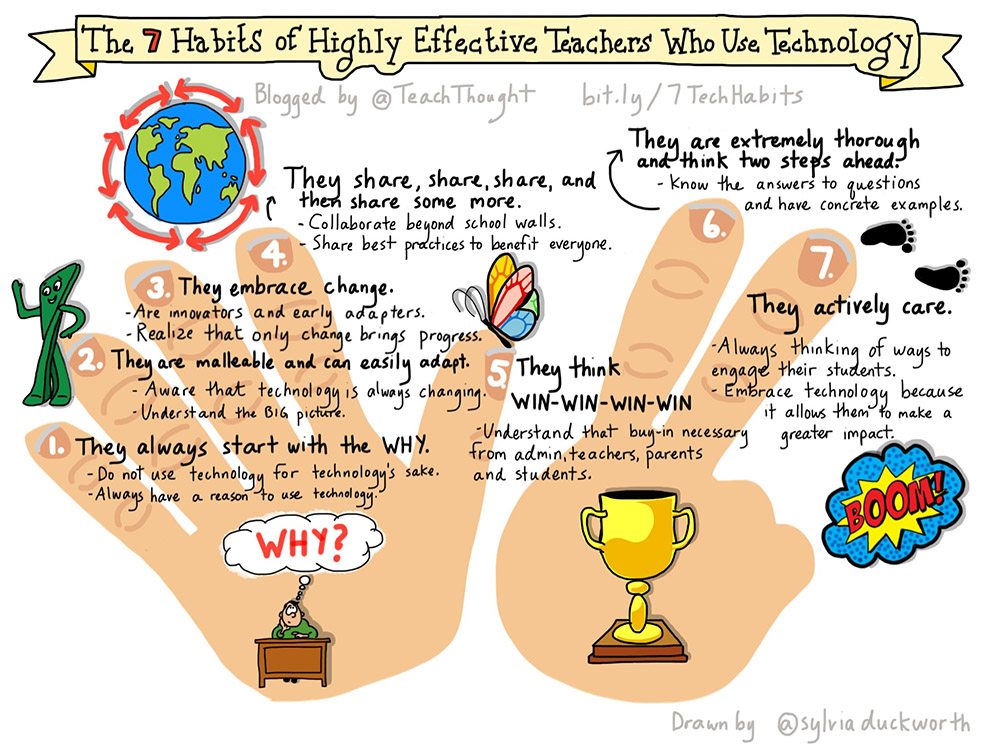
Teachers who effectively use technology in the classroom have one thing in common: They care more about learning than the tools that cause it.
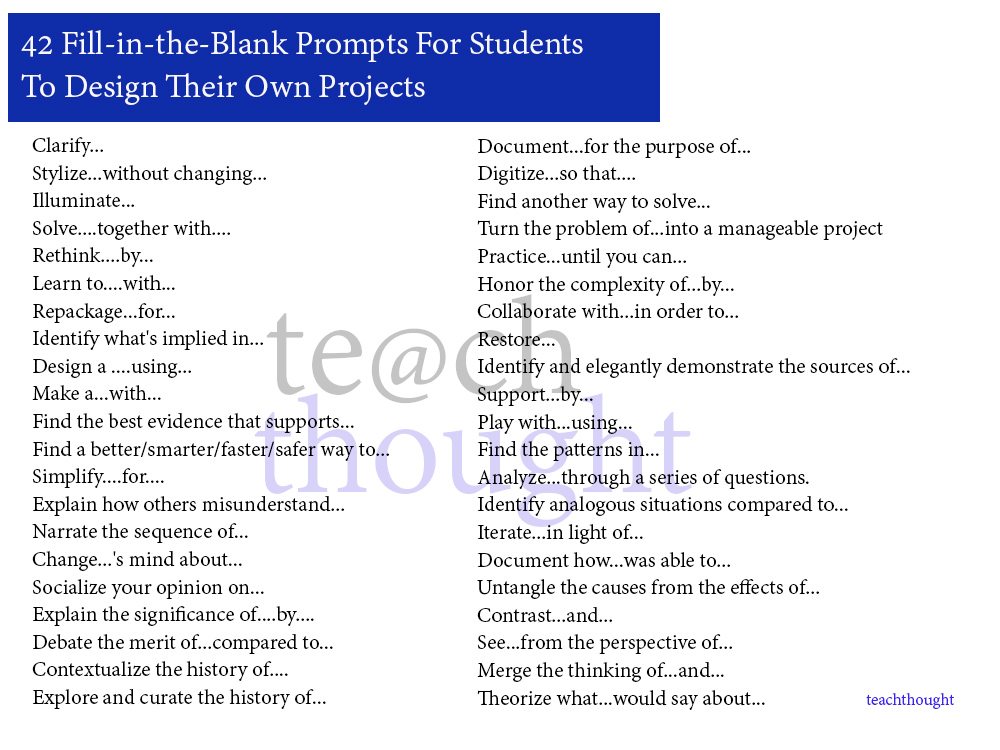
When helping students design projects, I provide these kinds of prompts to help students see how texts, apps, and more can all work together.
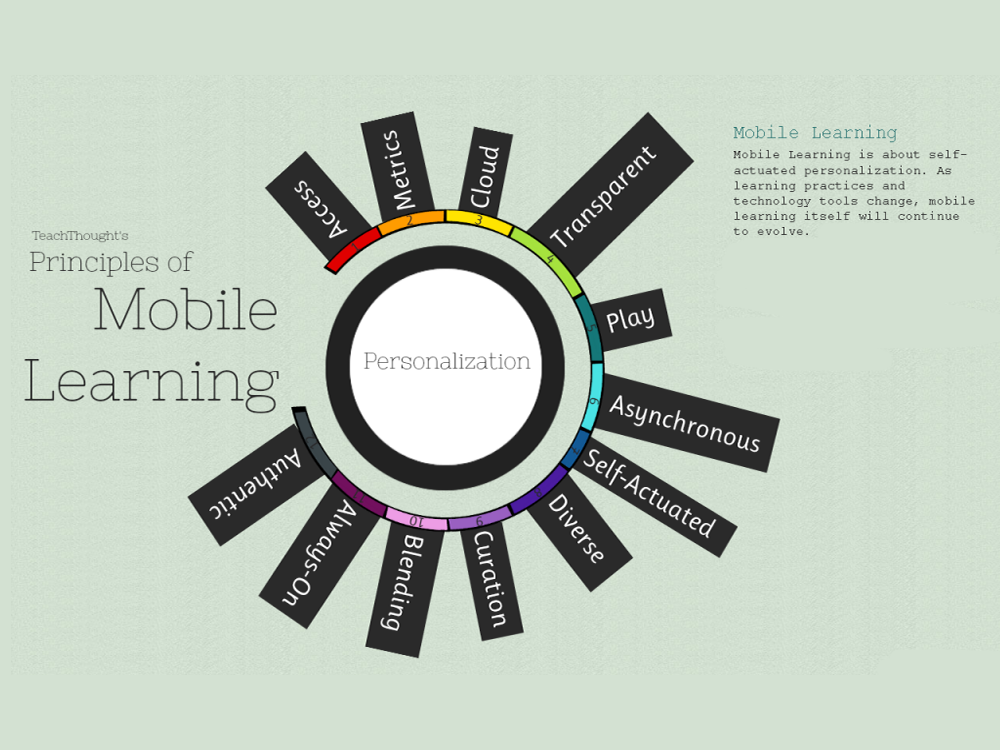
A mobile learning environment is about access to content, peers, experts, artifacts, credible sources, and thinking on relevant topics.
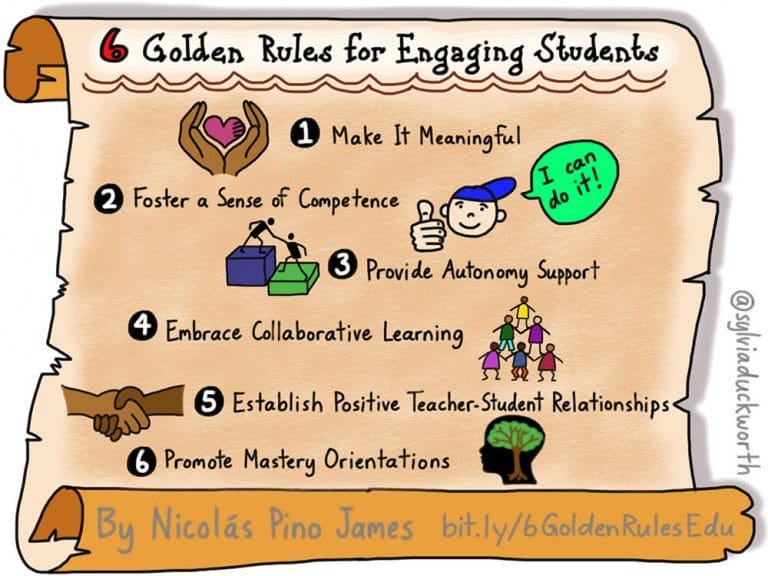
A good start toward engaging students is to meet the student on their own terms using ideas, evidence, and language credible to them.
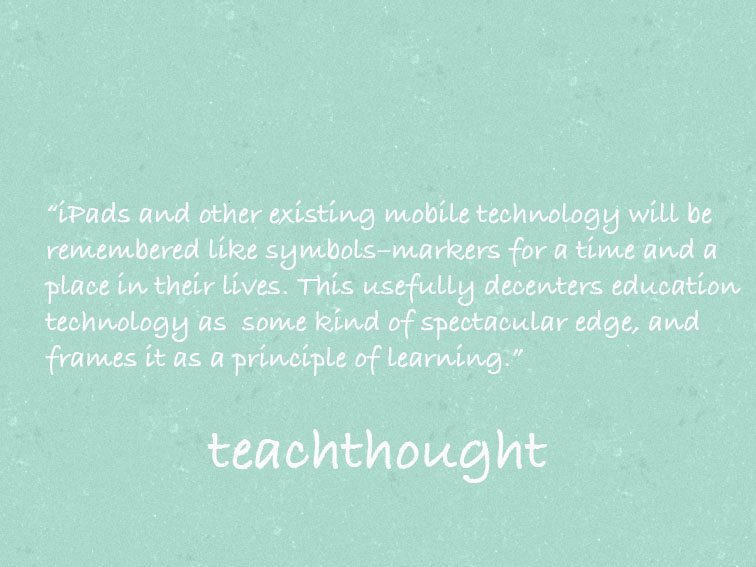
The technology students use today will be the worst they ever use. That’s a useful starting point for understanding education technology.
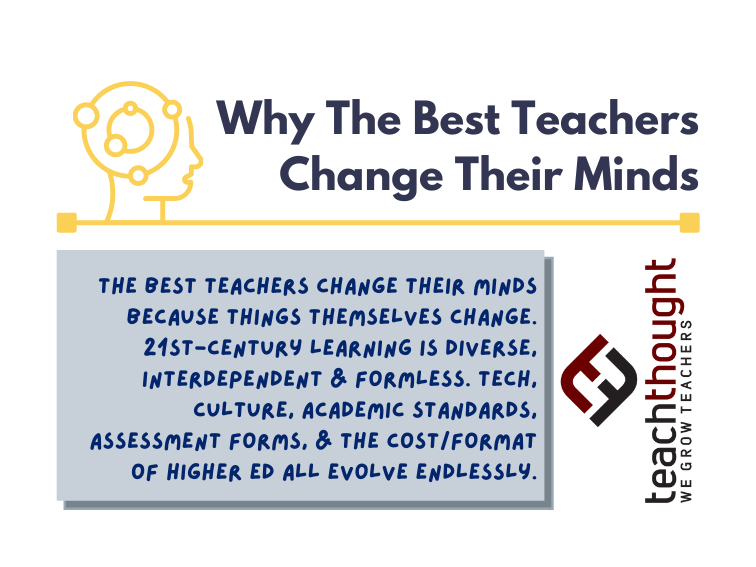
If you’re changing your mind—about inquiry, the ideal lesson template, or the best audiences for project-based learning products—that means you’re growing.
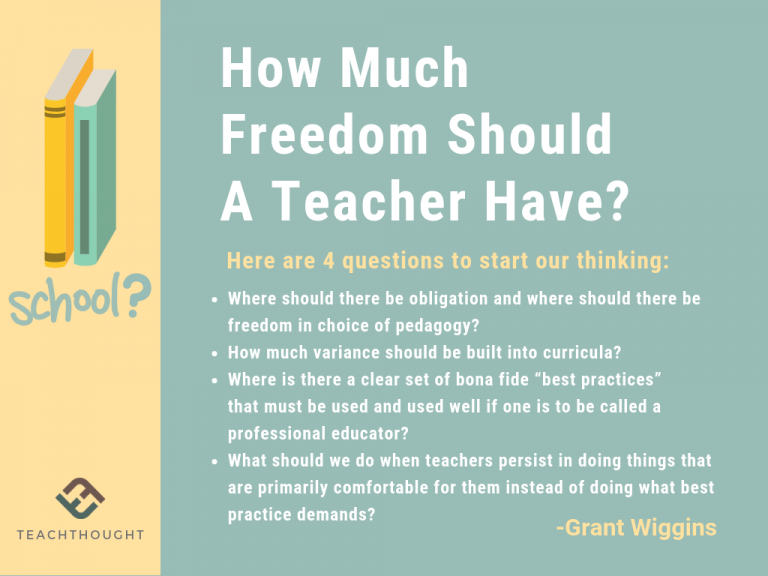
Where should there be obligation and where should there be freedom in choice of pedagogy, models, and curriculum?
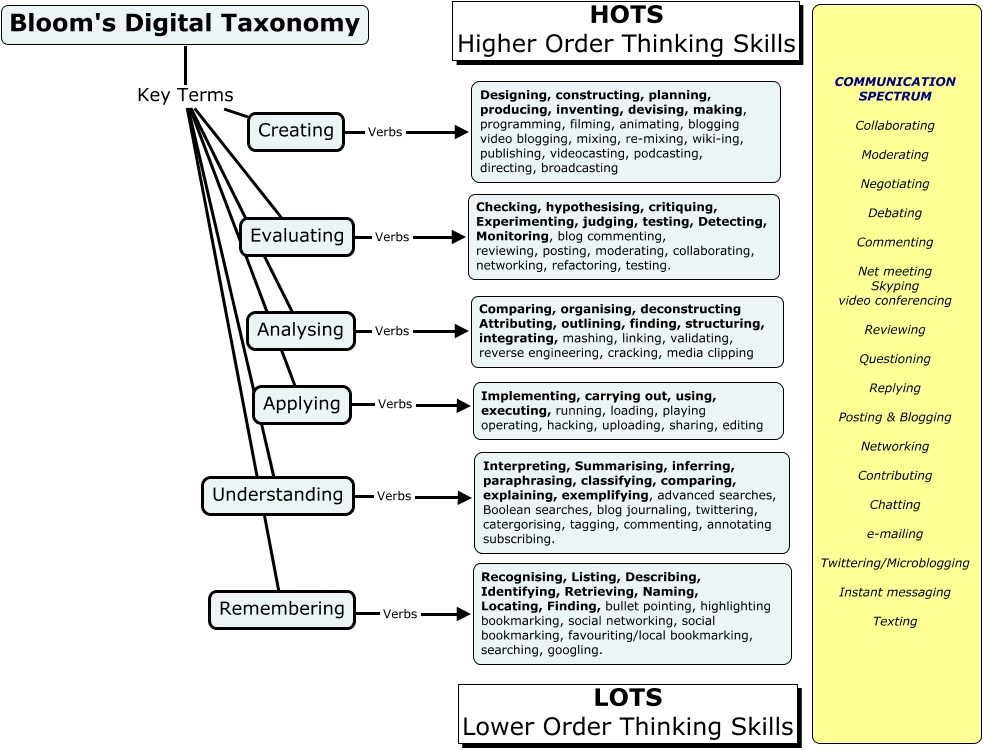
This Bloom’s Digital Taxonomy mashes digital tasks like podcasting, blogging, networking, and bookmarking with the stalwart learning tool.
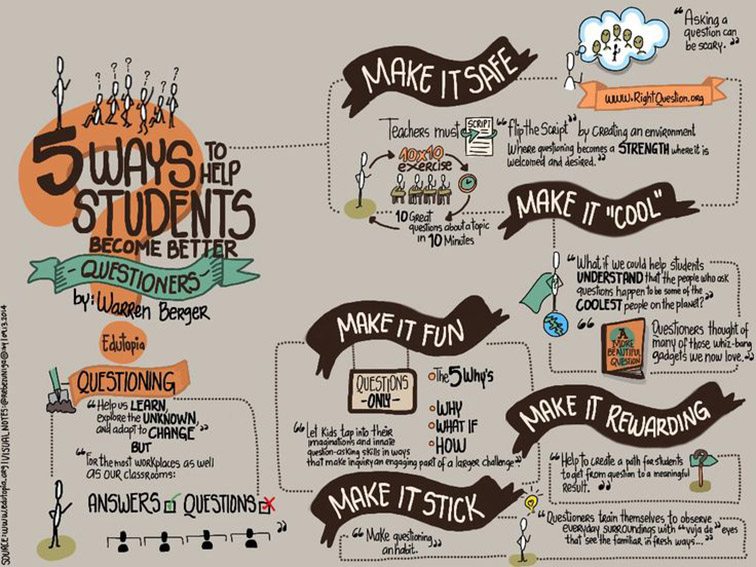
How To Help Students Ask Better Questions There’s nothing I care more about than students, and there are few things I think can serve a student better than being able to ask the right question at the right time. In “Why Questions Are More Important Than Answers,” I said that “Questioning is the art of…
End of content
End of content